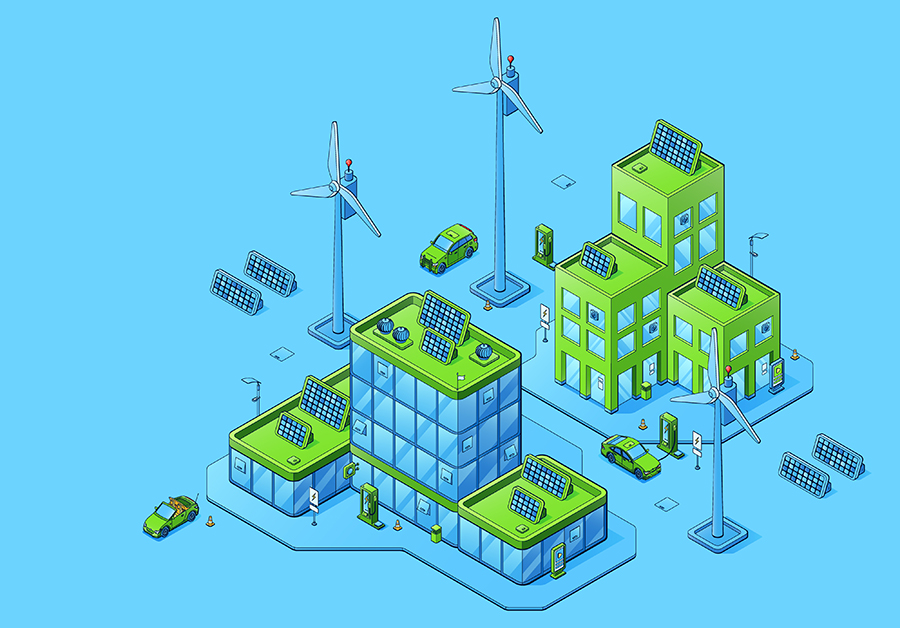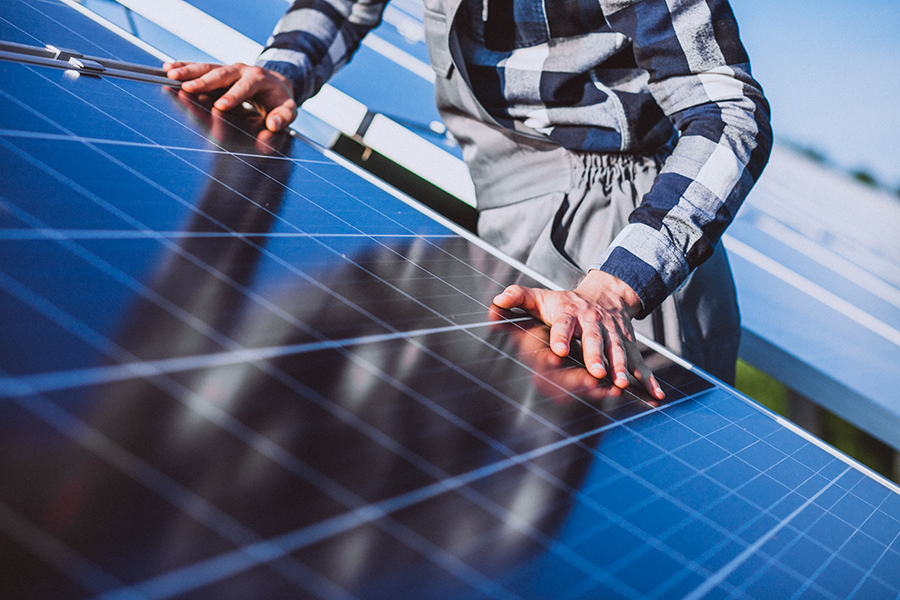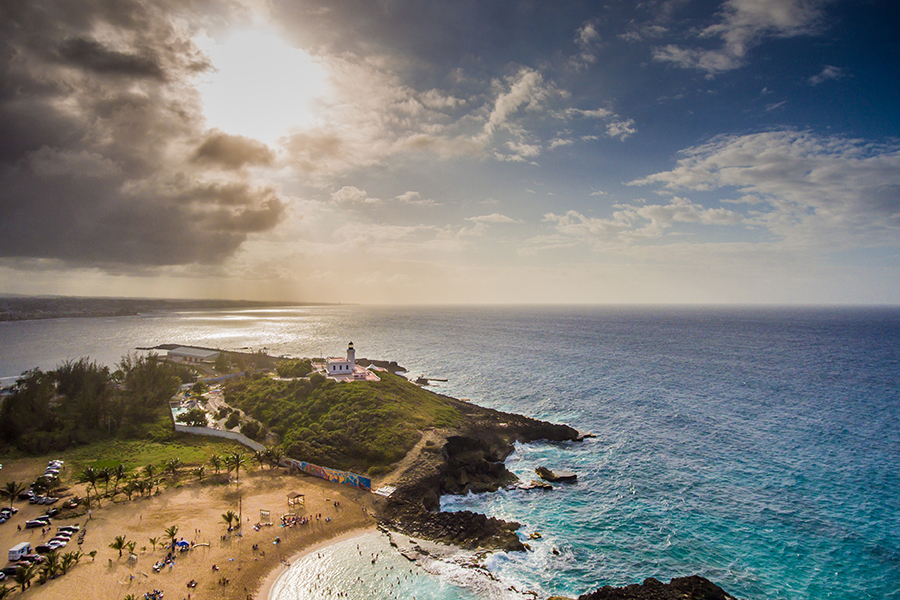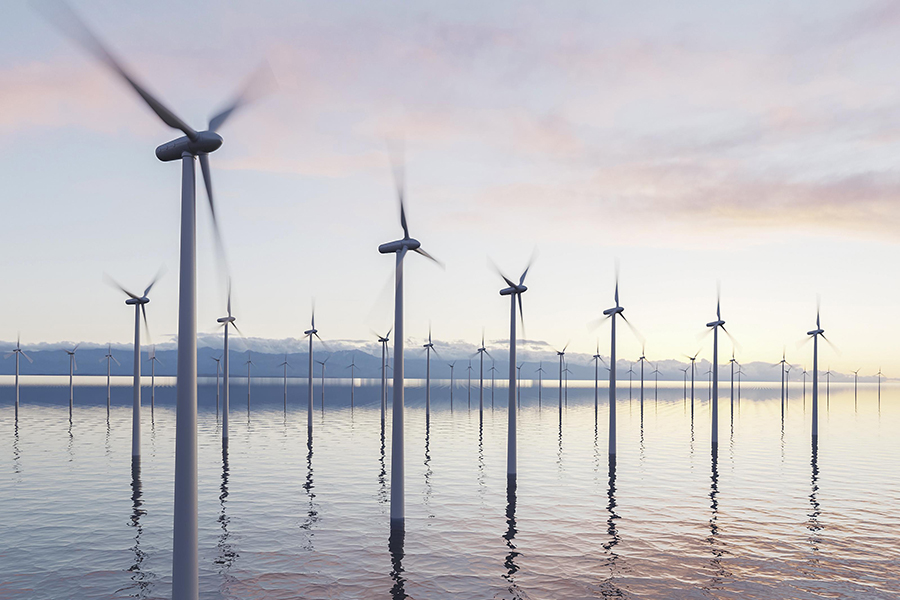A rule proposed by the Bureau of Land Management would cut leasing fees for those projects by 80 percent.
In mid-June, the federal Bureau of Land Management, or BLM, proposed a new rule that would reduce fees for wind and solar development on public lands by 80 percent. Regulators at the BLM say the move could accelerate renewable power production on federal lands and help achieve President Joe Biden’s goal of a carbon-free power sector by 2035.
Solar and wind developers and advocates lauded the proposed rule as an important step toward a clean energy transition on U.S. public lands. For more than a century, energy production on federal lands was limited almost exclusively to coal, oil, and gas extraction. Experts say the rules in place were designed to optimize fossil fuel production, not renewables — resulting in disproportionately high costs for clean energy developers that the proposed rule aims to address.
“This rule recognizes that if we want to see renewable energy developed at a sustainable and meaningful pace on public land, there need to be rules that are conducive to that,” Bobby McEnaney, director of the Natural Resources Defense Council’s dirty energy project, told Grist.
To build an energy project on public lands, the BLM charges developers rental fees for the land itself and additional fees based on the amount of energy produced. The Energy Act of 2020, a bipartisan law to advance clean energy innovation, authorized the agency to reduce those fees for wind and solar projects. In 2022, the agency issued internal guidance that lowered fees by about 50 percent. Last week’s proposed rule would cut costs another 30 percent. It would also codify those reductions, making it more difficult for future presidential administrations to change course.
The rule would also streamline approval processes by allowing the agency to accept leasing applications from renewables developers without holding a competitive auction in areas prioritized for clean energy development.
Fossil fuel developers typically pay far lower fees for using public lands than their wind and solar counterparts. For example, before production fees kicked in, as of 2021 oil and gas paid $1.50 to $2 per acre in rental fees each year — although the 2022 Inflation Reduction Act increased some of those rates. But for wind and solar, the BLM currently calculates rental fees according to market-rate land values, which can run up to tens of thousands of dollars per acre.
“Industries that use our public lands should be paying equitable fees,” said McEnaney. “Oil and gas does not pay its fair share.” He said one reason for the imbalance is that fossil fuel industries have had decades to lobby policymakers for industry-friendly fees and approval processes.
Meanwhile, the first solar project on public lands was approved in 2010, during the Obama administration. But renewable projects on federal lands have since continued to grow. In the last two and a half years, the BLM has approved 35 solar, wind, geothermal, and transmission projects. The projects are expected to generate more than 8 gigawatts of electricity — capable of powering 2.6 million homes.
The agency is currently processing 74 project proposals for utility-scale renewable energy on public lands, all located in the West.
Also last week, the agency issued updates on an expanded Western Solar Plan, a federal framework launched by the Obama administration that identifies priority areas for solar power production on public lands in the West, and incentivizes and streamlines project development. The plan currently spans six states — Arizona, California, Colorado, Nevada, New Mexico, and Utah. The BLM is seeking comment on expanding solar planning to five additional states — Idaho, Montana, Oregon, Washington, and Wyoming.
The proposed rule and updates arrive as part of the BLM’s broader strategy to permit 25 gigawatts of clean energy on public lands by 2025 — a mandate set by Congress in the Energy Act of 2020. The agency will accept public comments on the proposed rule until mid-August.
This story originally appeared at Grist and is republished here as part of Covering Climate Now, a global journalism collaboration strengthening coverage of the climate story.






